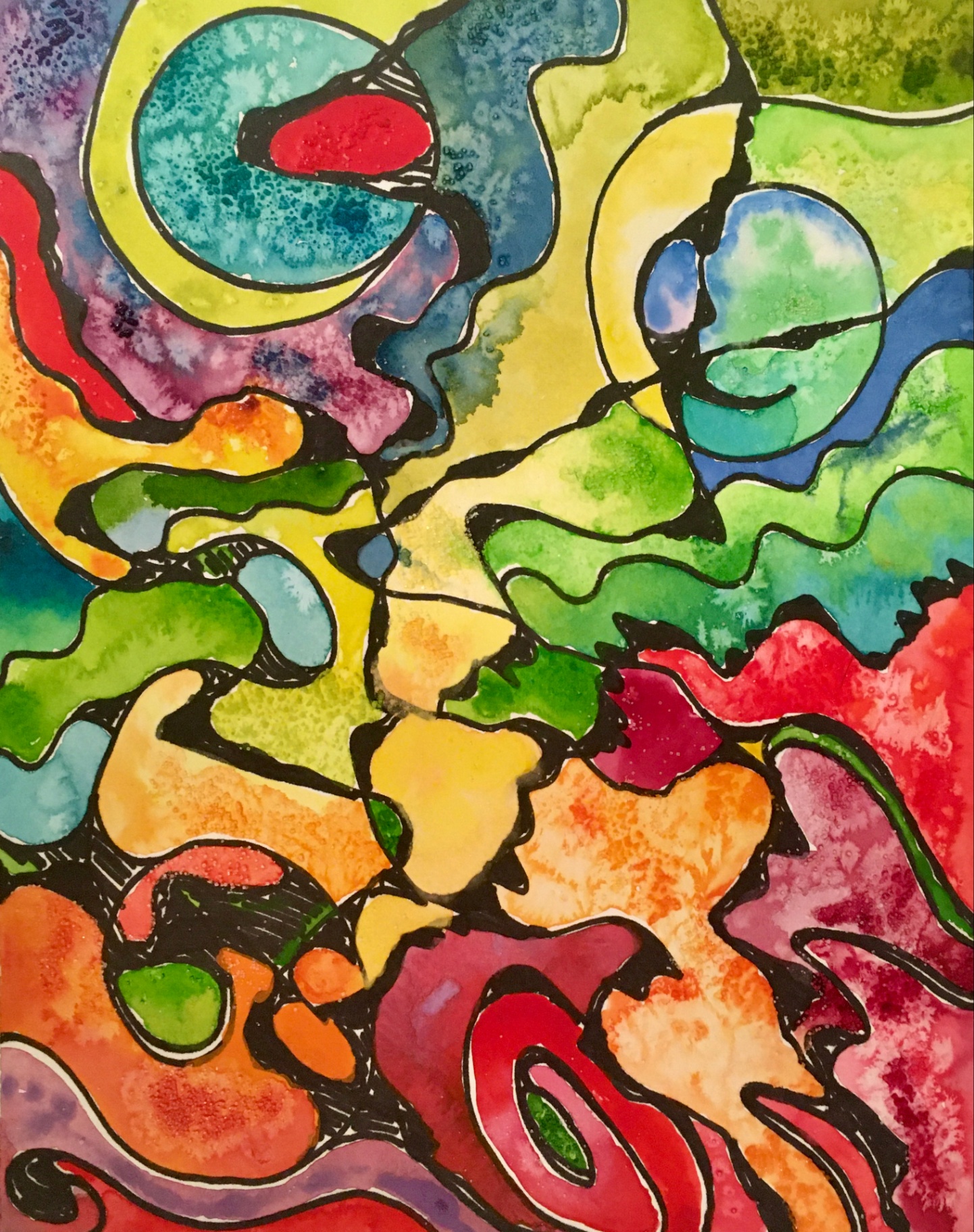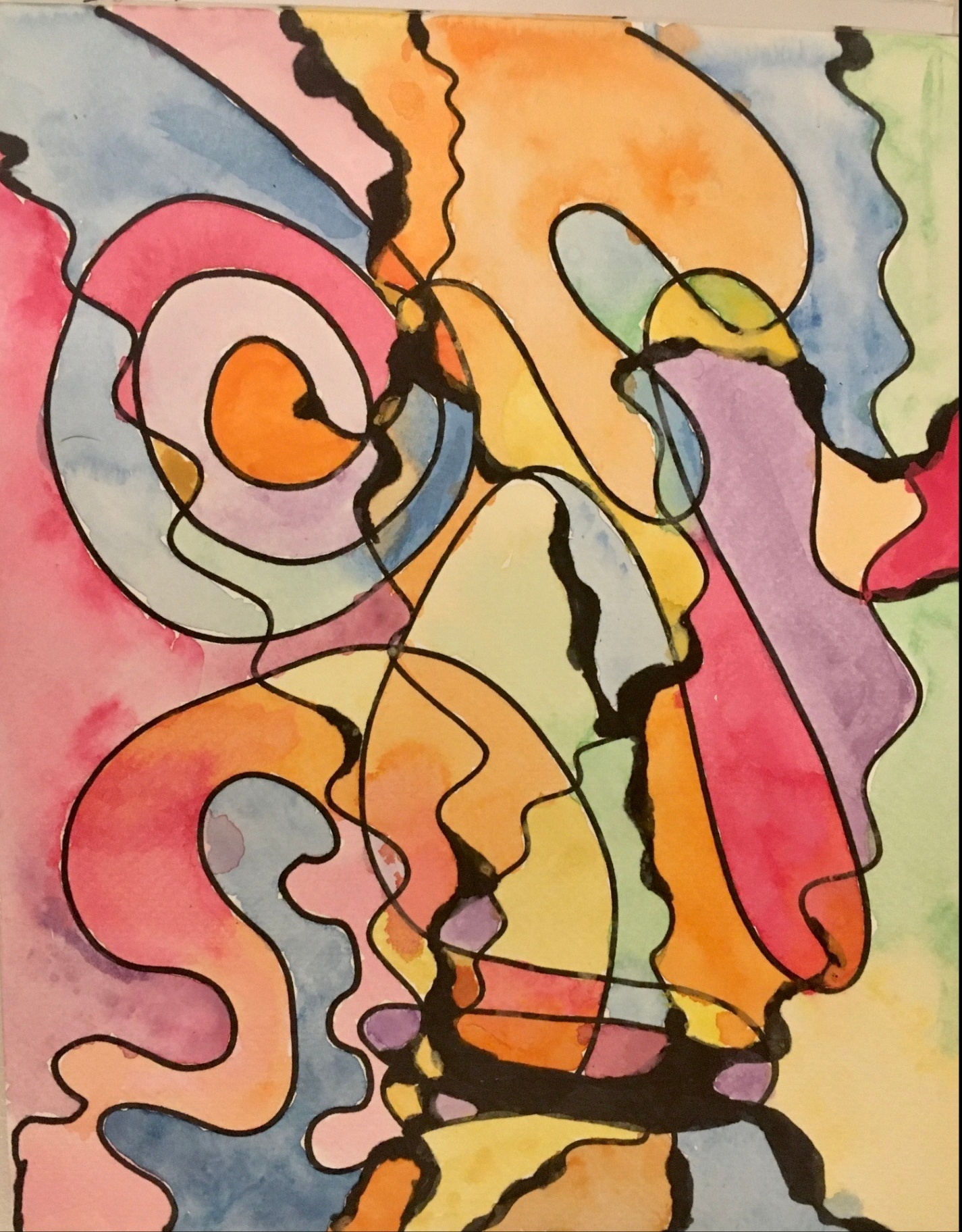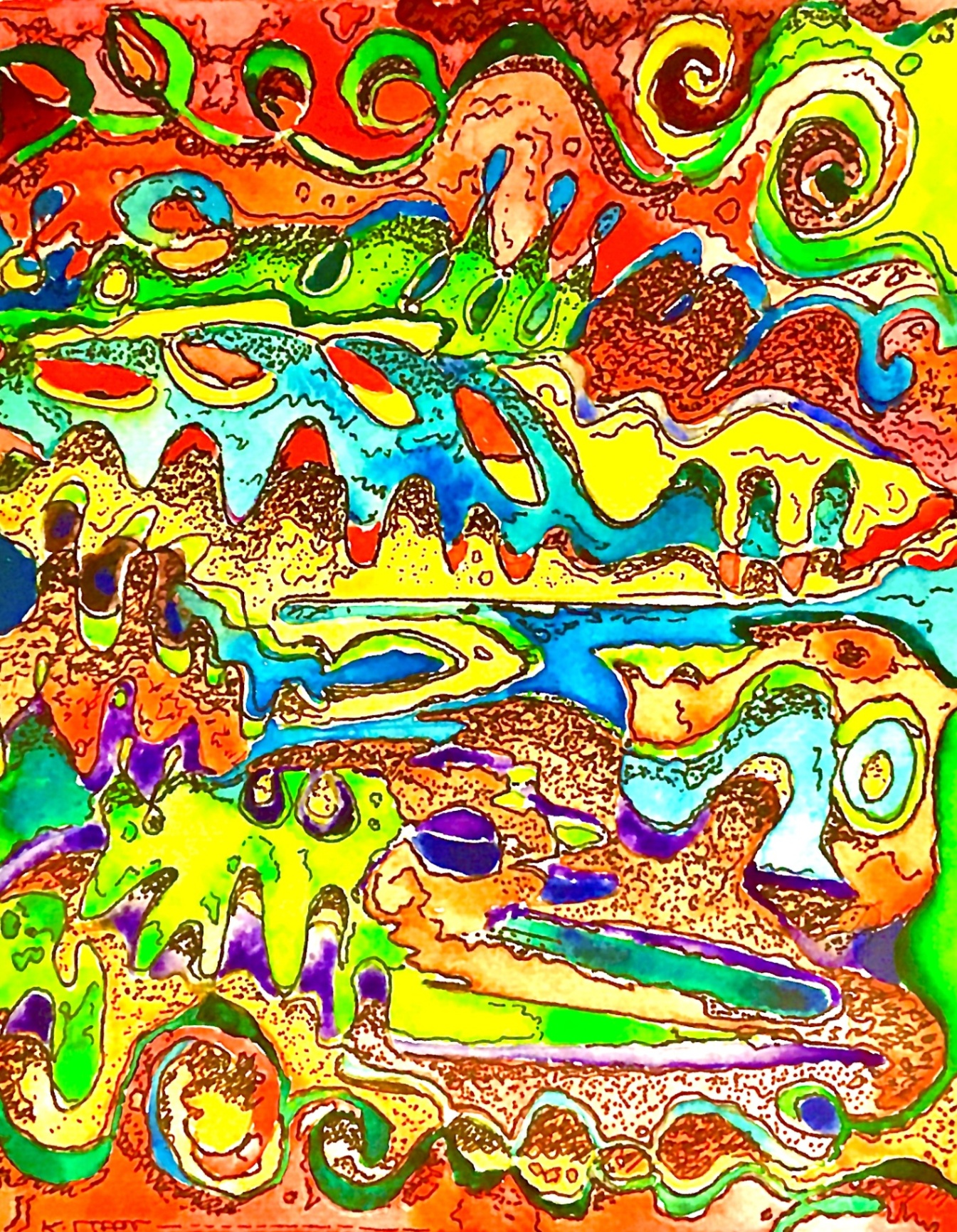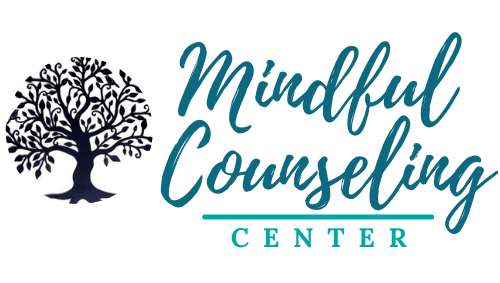Neurographic Art
by Kristin Littel
This explanation of neurographic art was drawn from several sources: https://www.minisink.com/neurographic-art-lessons-serve-as-another-example-of-faculty-inventiveness-for-in-person-virtual-students/, https://www.alisonhazelart.com/neurographic-art-basics and https://amslerartroom.com/student-work/neurographic-art-embellished/. Images showing examples of neurographic art from Kristin Littel and Patrick Connelly.
What Is It? Why Do It?
Neurographic art is promoted as a novel, creative approach to work with the subconscious mind through drawing. It was designed by Russian psychologist, creativity entrepreneur and architect Pavel Piskarev in 2014.
A. Vargara, at https://www.vanvaf.com/post/the-benefits-of-neurographic-art, describes the technique in this way:
…Creating neurographic art can allow your feelings and unconscious thoughts to travel and express themselves freely, from your brain to your arm to your hand to the drawing. Capturing those feelings and emotions on paper and creating new neural connections can help you to see reality in a different way, impacting future thoughts and decisions…
Doing neurographic art offer an opportunity to use a “algorithm” to transform thoughts and feelings you are dealing with into a work of art.
 Algorithm in a Nutshell
Algorithm in a Nutshell
- Gather your materials: You will need a piece of paper and some pens, paints or other art supplies.
- To use this method to bring into better focus a problem, situation or challenge you are facing, consider the issue before you start. Optionally, write down a few key phrases describing the issue on the back of the paper prior to drawing. In the course of creating the artwork, you can guide your mind to the various facets, options, reactions, etc. related to the issue. Ideally, when you are finished, you have gained further understanding of the issue and how you feel about it. (I say ideal because, while the hope is that you gain such knowledge via doing this art, there are no guarantees. It may take a few tries or the process as is may not be a good fit for you.)
- Get started drawing: Use a felt tip pen to draw a long looping, crisscrossing or scribble-like line on your paper. Don’t try to draw something, just let it be a line (not a straight one). As you draw the line, as soon as you become conscious of the direction in which you are going, change direction (so the line is usually a wiggly one).
- After beginning your line, you can either continue with the original line until you feel it fills the space in a balanced way or add more lines to balance the space, crisscrossing other lines freely. Extend line segments that end in the middle of the paper to the edge.
- Once you have the main lines down on your page, find any sharp corners where lines intersect or turn. Round out those areas, filling in the gaps with ink, so that the remaining white paper consists of only organic forms and no straight corners or lines. Don’t rush this process of rounding out; it can take a while, but people find it to be be soothing and that it encourages your mind to wander in a good way. (Note that, theoretically, when two lines intersect in neurographic art, and you curve those intersections, new neural pathways are being built in your brain. So the rounding out process may facilitate new thoughts, ideas and inspiration.)
- Lines may be thickened to contribute to the forms that are developing. Shapes can also be added that overlap the lines. You can draw smaller lines that overlap and round corners again.
- Now is your chance to embellish your drawing. Add color using whatever medium you want–you can blend colors or do shading. Consider if you want to further embellish with words, doodling, designs, etc. You can keep your artwork all abstract or turn it into something recognizable.
(I would caution not to get too caught up with/worried about trying to perfectly complete the steps of the algorithm. I think the steps are a bit ambiguous, leaving each person to make some of their own choices on how to proceed. Keep in mind that part of the fun of doing art is allowing your “inner artist” out to play and creating an art piece that is unique to you.)
Neurographic art may be used as an art therapy technique to help people make connections (thoughts and feelings in the brain to your hand to the drawing). Above and beyond its art therapy value, many people find the process of creating neurographic art to be beneficial. It can be meditative and relaxing. It is enjoyable to get into the flow of drawing and coloring and have time away from more right brain activities.
 Reflection on Doing this Type of Art
Reflection on Doing this Type of Art
Pat and I spent a few hours creating artwork loosely following the neurographic art algorithm. We each began by thinking about a challenging situation we were facing. The process of making the art did help somewhat to define our feelings about those situations. I bet that the more we practice neurographic art, the better we would get at making brain connections using this technique. (I did another drawing/painting in which I had more ease and success in focusing on the issue while doing the art.) Because we were new to this method, we spent more time than we probably will in future attempts trying to follow the rules and wondering if we were doing the line drawing “right.” Once we got to the rounding out stage and painting though, we were transported into a nice, soothing flow. As for other benefits: We both found it fun and relaxing to play with pens and paints. And to spend time together doing art.
Bottom line: It was stress-free enjoyment. We learned a little bit about ourselves. We would do it again. We were also left considering what other types of art would be useful and enjoyable to do to bust our stress and promote a balanced state of mind.
Resources for Further Exploration
See an instructional video at https://www.alisonhazelart.com/neurographic-art-basics/ and neurographic art from a middle school classroom at https://amslerartroom.com/student-work/neurographic-art-embellished/.
